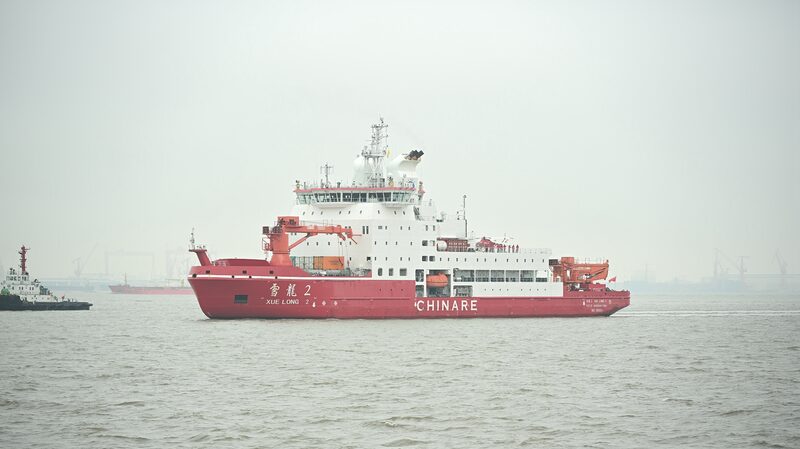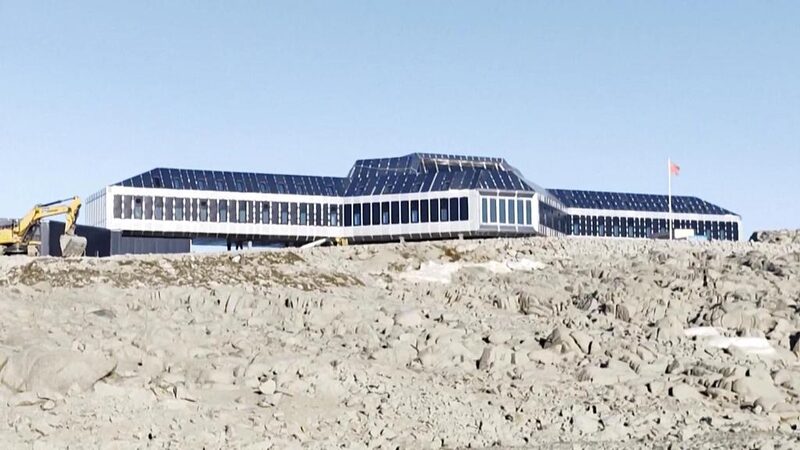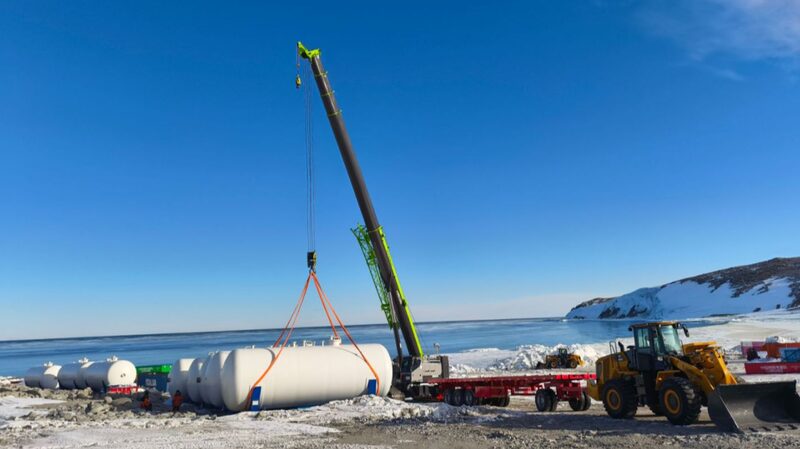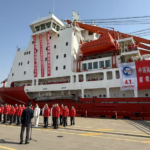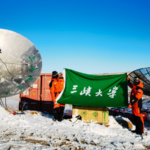China is pioneering new strides in polar climate research following the successful completion of its 40th Antarctic expedition. The nation’s first domestically built icebreaker, Xuelong-2, returned to Qingdao City in Shandong Province earlier this April, carrying invaluable atmospheric samples destined to enhance understanding of global climate patterns.
The expedition marked a significant chapter in China’s ongoing commitment to polar science, focusing extensively on atmospheric research. Scientists established and maintained meteorological observation stations and conducted atmospheric chemistry observations at Zhongshan Station, one of China’s permanent research facilities in Antarctica. These efforts included the meticulous collection of atmospheric samples and the execution of various scientific experiments aimed at deciphering the complexities of the Antarctic atmosphere.
Researchers at the Chinese Academy of Meteorological Sciences are now deeply engaged in analyzing the collected samples, which encompass a range of gases such as carbon dioxide, methane, and sulfur hexafluoride. By comparing current concentration levels with data from previous years, the team aims to unveil new insights into climate change phenomena and their broader implications.
Experts emphasize that continuous monitoring and analysis are crucial for understanding the intricate dynamics of the Antarctic atmosphere and its impact on global climate systems. The data gathered not only fills gaps in China’s polar atmospheric research but also contributes to international efforts to combat climate change.
China’s Antarctic atmospheric research employs a multifaceted approach, including real-time online monitoring at Zhongshan Station, on-site sampling for subsequent analysis, and real-time monitoring at their Beijing laboratory. In addition to analyzing atmospheric composition, Zhongshan Station conducts regular manual ground meteorological observations. The collected data is transmitted back to China daily and shared with the World Meteorological Organization through the China Meteorological Administration, fostering global collaboration.
Since 2008, the implementation of an atmospheric background monitoring system at Zhongshan Station has enabled continuous online observation, utilizing professional gas storage equipment. These sustained efforts highlight China’s dedication to understanding and addressing the challenges of climate change, particularly as they relate to sensitive polar environments.
As atmospheric research progresses on the samples from the 40th expedition, China reaffirms its role in the global scientific community, contributing valuable data and insights into the evolving climate narrative. The ongoing studies not only bolster China’s scientific capabilities but also enhance global understanding of climate dynamics.
Reference(s):
Atmosphere research underway after China's 40th Antarctic expedition
cgtn.com
